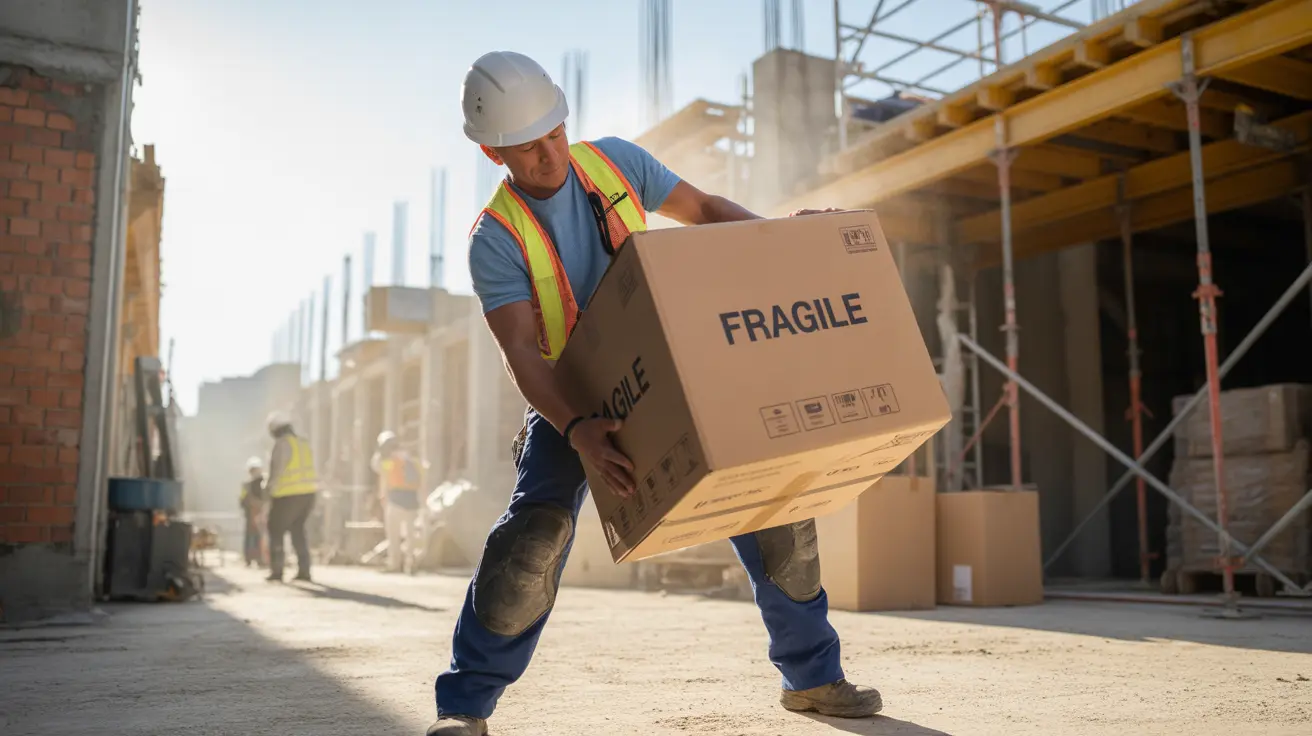Osteophytosis, commonly known as bone spurs, is a condition where extra bone tissue develops along the edges of bones, particularly around joints. This condition often develops gradually over time and can affect various parts of the body, including the spine, shoulders, hips, and knees. Understanding its causes, symptoms, and treatment options is crucial for managing this condition effectively.
What Causes Osteophytosis?
The development of bone spurs typically occurs as the body attempts to repair itself in response to various forms of stress or damage. While osteoarthritis is the most common cause, several other factors can contribute to osteophytosis:
- Joint damage from degenerative conditions
- Repeated stress or pressure on bones and joints
- Sports-related injuries or trauma
- Poor posture or repetitive movements
- Age-related wear and tear
Common Symptoms and Warning Signs
Osteophytosis symptoms can vary significantly depending on the location of the bone spurs and whether they're pressing on nearby tissues or nerves. Common indicators include:
Pain and Discomfort
Many people experience localized pain that worsens with movement or specific activities. The pain may range from mild to severe, depending on the location and size of the bone spur.
Limited Range of Motion
Bone spurs can restrict joint movement and flexibility, particularly when they develop near joints or in the spine. This limitation can affect daily activities and quality of life.
Nerve Compression Symptoms
When bone spurs press on nearby nerves, they may cause tingling, numbness, or weakness in affected areas. This is particularly common in spinal osteophytosis.
Diagnosis and Medical Assessment
Healthcare providers use various methods to diagnose osteophytosis accurately. The process typically involves:
- Physical examination
- Detailed medical history review
- X-rays to visualize bone spurs
- MRI or CT scans for more detailed imaging
- Nerve conduction studies when necessary
Treatment Approaches
Treatment for osteophytosis varies depending on the severity of symptoms and the impact on daily life. Options include:
Conservative Management
Many cases respond well to non-surgical treatments such as:
- Physical therapy exercises
- Anti-inflammatory medications
- Hot and cold therapy
- Activity modification
- Supportive devices or braces
Advanced Treatment Options
For more severe cases, healthcare providers might recommend:
- Corticosteroid injections
- Therapeutic ultrasound
- Surgery (in severe cases)
- Regenerative medicine techniques
Prevention and Lifestyle Modifications
While not all cases of osteophytosis can be prevented, certain lifestyle changes can help reduce risk and manage symptoms:
- Maintaining good posture
- Regular exercise focusing on flexibility and strength
- Proper ergonomics at work and home
- Maintaining a healthy weight
- Regular stretching routines
Frequently Asked Questions
- What are the most common symptoms of osteophytosis, and how do bone spurs feel?
Bone spurs typically cause localized pain, stiffness, and reduced range of motion. The sensation can range from a dull ache to sharp pain, especially during movement. Some people may experience numbness or tingling if the bone spur compresses nearby nerves.
- How do you treat bone spurs, and what are the options for managing pain associated with osteophytosis?
Treatment options include physical therapy, anti-inflammatory medications, corticosteroid injections, and in severe cases, surgery. Pain management often involves a combination of medication, exercise, and lifestyle modifications.
- Can bone spurs be caused by anything other than osteoarthritis, such as injury or repetitive stress?
Yes, bone spurs can develop from various causes beyond osteoarthritis, including sports injuries, repetitive stress movements, poor posture, and trauma to the joints. Any condition that puts repeated stress on bones and joints can potentially lead to osteophytosis.
- What lifestyle changes can help prevent or reduce the risk of developing bone spurs?
Key preventive measures include maintaining good posture, regular exercise, proper ergonomics, maintaining a healthy weight, and avoiding repetitive stress on joints. Regular stretching and strengthening exercises can also help protect joints.
- How does the process of diagnosing bone spurs typically work, and what imaging tests are used?
Diagnosis typically begins with a physical examination and medical history review, followed by imaging tests such as X-rays, MRI, or CT scans. These tests help visualize the bone spurs and determine their size, location, and impact on surrounding tissues.




